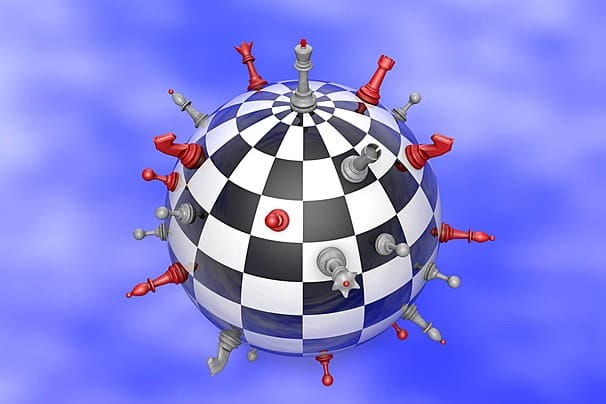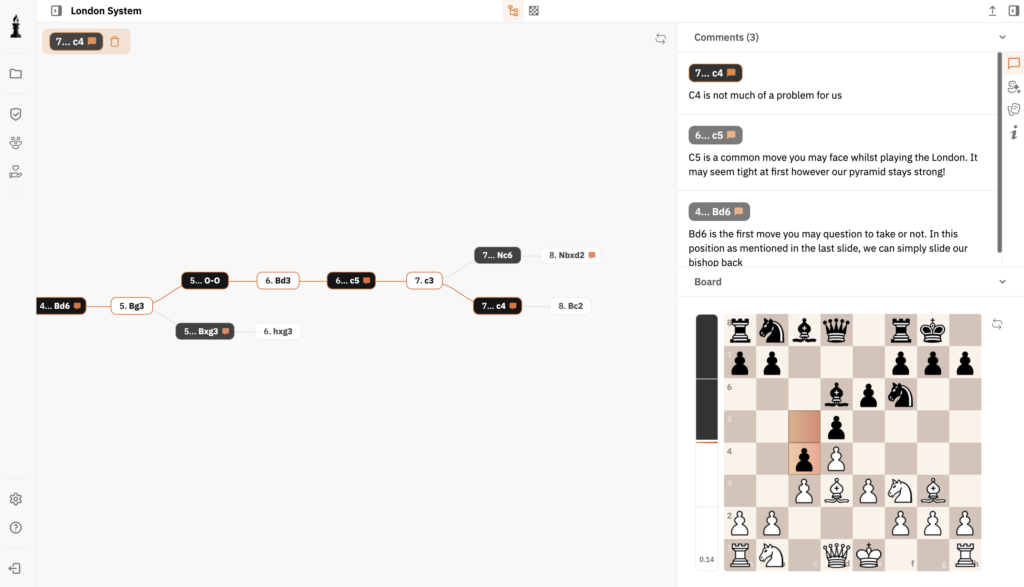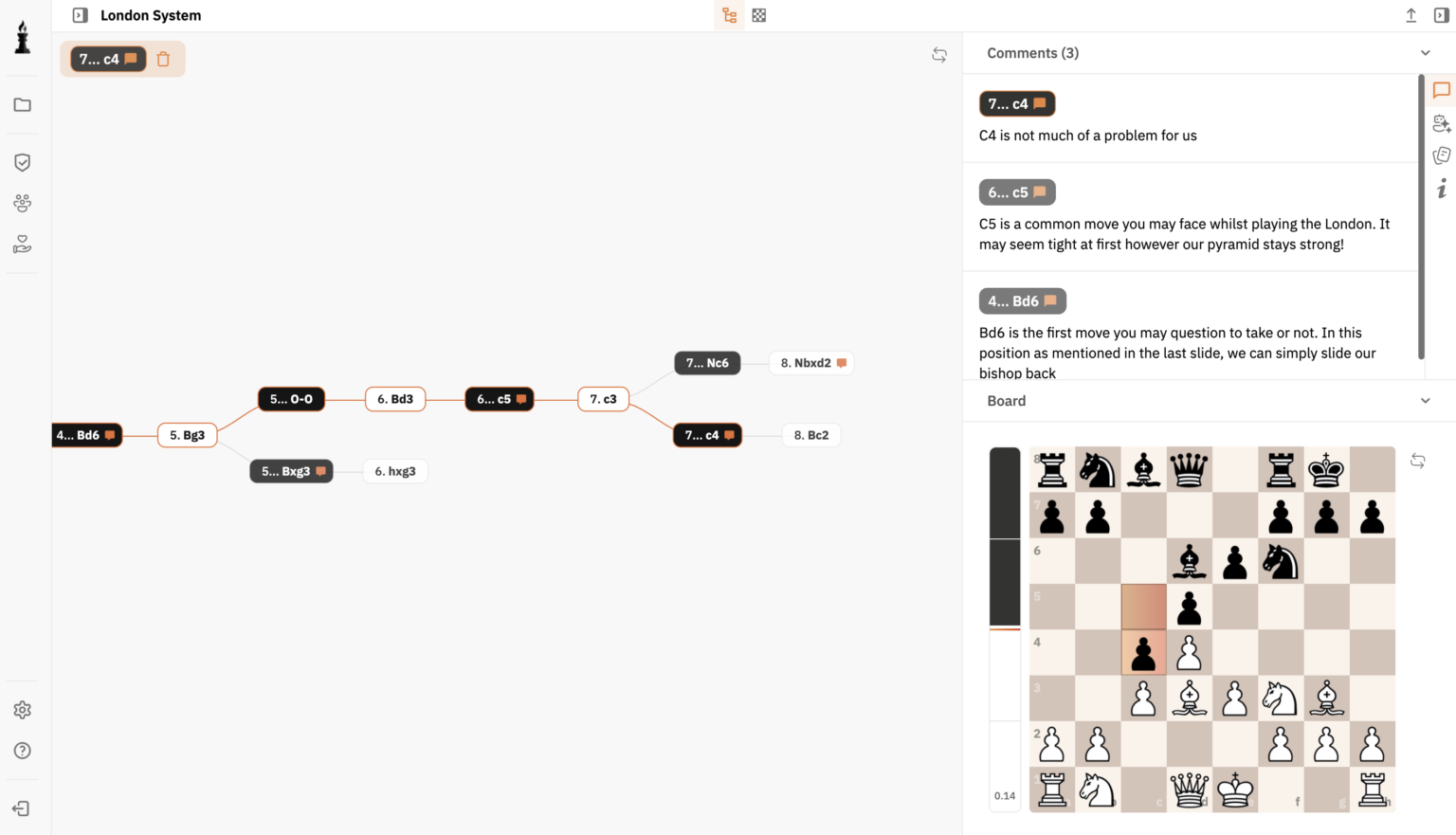Chess, a game that has fascinated minds for centuries, is not just about moving pieces on a board. It requires a deep understanding of chess strategy, including the intricate dance of pawn structure, which often tells the real story behind the position.
Understanding Pawn Structures
Pawn structure refers to the arrangement of pawns on the chessboard. It is a critical aspect of chess because it influences the mobility of pieces, the king’s safety, and ultimately the outcome of the game. The strength or weakness of a pawn structure can be the deciding factor in positions from the chess middlegame to the endgame.
Isolated Pawns
An isolated pawn is one that has no friendly pawns on adjacent files. Such pawns can be both a strength and a weakness. They provide open lines for rooks and bishops, but they also become targets of attack as they cannot be defended by other pawns.
Doubled Pawns
Doubled pawns are two pawns stacked on the same file. They might restrict the movement of each other, creating a static weakness, but can also control crucial squares and offer dynamic possibilities.
Passed Pawns
A passed pawn is a game-changer, being a pawn with no opposing pawns to stop it from advancing to the promotion rank. Passed pawns create strong promotions threats and are the key to pawn endgames.
Pawn Majority and Minority
A pawn majority allows a player to create a passed pawn by force whereas a minority can be used strategically to create weaknesses in the opponent’s pawn structure.
Key Concepts in Managing Pawn Structures
Prophylaxis
Prophylaxis is about preventing your opponent’s plans before they can begin. It involves foresight to manage not only your pieces but also keep your pawn structure intact.
Opposition
Understanding opposition is crucial in king and pawn play. Controlling opposition allows your king’s advancement and pawn promotion while restricting your opponent’s options.
Tempo
Gaining tempo is often crucial in the maneuvering of pawns. By forcing your opponent to make less useful moves, you can improve your own position and create pressure.
Famous Games Highlighting Pawn Structures
Famous players have demonstrated the potency of well-managed pawn structures in many top-level games. These games illustrate how to exploit weaknesses in an opponent’s pawn structure effectively or transform your pawn formations to dominate the board.
Chess Analysis Using Tools
Today’s technology allows players to analyze their games using powerful tools like Stockfish, helping understand by providing suggestions and highlighting pawn structure imbalances. Tools like the Chess PGN Editor also help in reviewing games and understanding how different pawn structures can evolve over time.
Conclusion
Every piece and every approach in chess is essential, but pawn structures tell a hidden narrative. They are the skeleton upon which a chess game stands, shaping strategy, tactics, and future possibilities. Understanding and appreciating the complexity of pawn structures can transform one’s chess playing abilities.
Learn more about pawn strategy and refine your chess skills through practical implementation and analysis. For more resources, the Online Chess Database and Import/Export .Pgn Files feature can provide rich insights and game collection possibilities.
Pawn structure greatly influences endgames. Passed pawns become powerful in the endgame as they can advance without opposition. Additionally, players with a better pawn structure, fewer pawn islands, and no isolated pawns often have an edge. Understanding how to capitalize on superior pawn structures can be decisive.
A pawn minority attack involves advancing fewer pawns against a larger pawn group to create weaknesses, like doubled or isolated pawns, in the opponent’s camp. It is a strategic idea to create targets which can be assailed in the middlegame or exploited in the endgame.
Doubled pawns can become weaknesses because they cannot defend each other and might block open files crucial for the activity of other pieces. However, they can exert control over key squares, making them dynamically useful in some positions. They should be evaluated based on the total position.
Pawns structure the landscape of the [chess middlegame](https://chessflare.com/chessterms/chess-middlegame/), directing the flow of play. They determine potential attacks, influence piece mobility, and create strategy paths that dictate future play. Proper understanding of pawn structures can lead to precise tactical opportunities.






